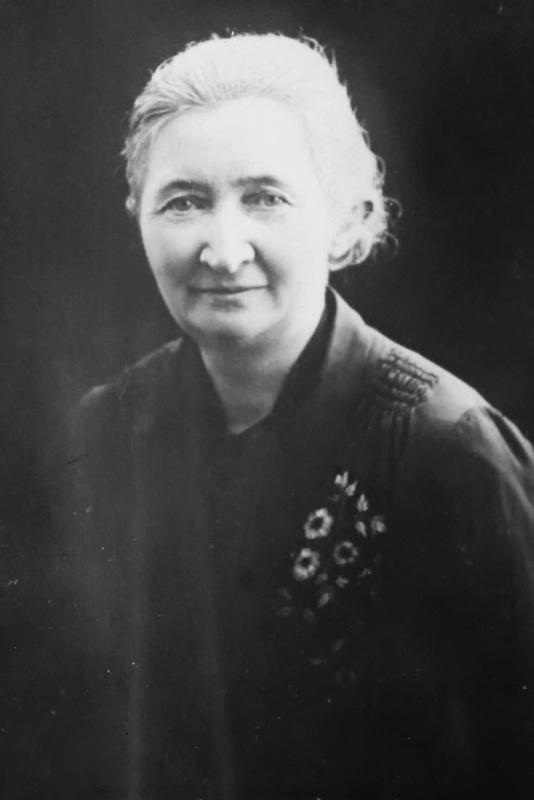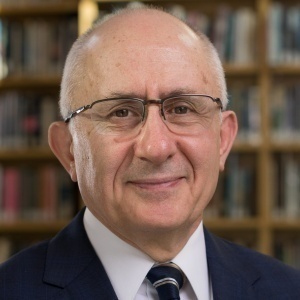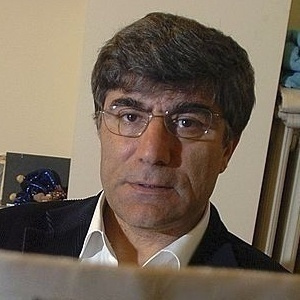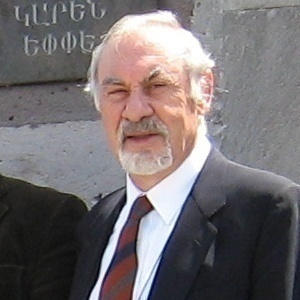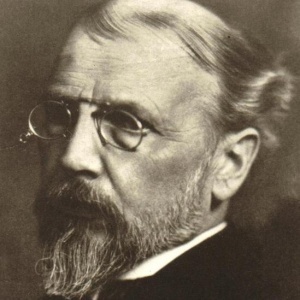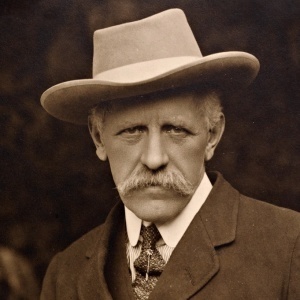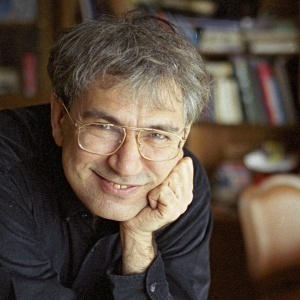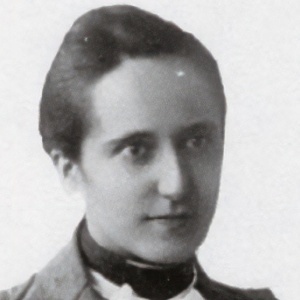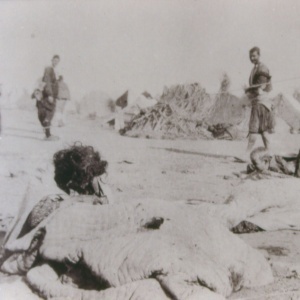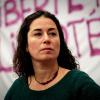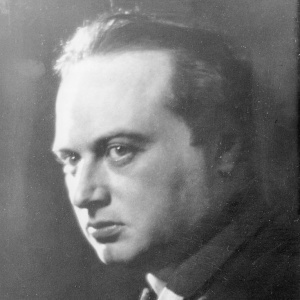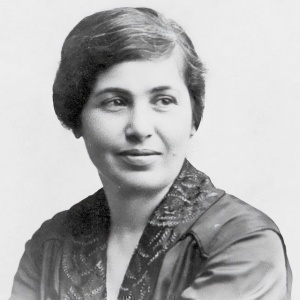Karen Jeppe was born in Gylling, Denmark in 1876.
She became a teacher in the Friser school and in 1902 Friser himself read her Aage Meyer Benedictsen's account of the persecution of the Armenians. Benedictsen had visited the orphanage of the German Orient Mission in Urfa, directed by Johannes Lepsius. Lepsius had taken in those who had escaped the Hamidian massacres of 1894-96 and, on his return to Denmark, had founded the "Association of Danish Friends of the Armenians". Karen Jeppe contacted him in 1903 and discovered that Lepsius was looking for a teacher for his orphanage. So she decided to leave for Urfa, along with the Swiss deacon Jakob Kunster. She stayed in Urfa until 1908, when she went back to Denmark for a brief period.
On her return to Armenia, she bought a piece of land in the mountains, where she gave work to Armenian farm laborers and adopted two orphans, Missak and Lucia, who helped her with her work.
When World War I broke out, coinciding with the beginning of the genocide, Karen Jeppe did what she could for the Armenians in danger, hiding them in her cellar, organizing the distribution of water for the processions of deportees, dressing them in Kurdish and Arab clothing to save them from the massacres.
She stayed in Urfa throughout the war, until 1918, when she had a nervous breakdown and returned to Denmark for 3 years without ever recovering: "Something within me has died" – she said.
In 1921 she went back to Aleppo to see "her people ", welcomed by Missak and Lucia, who in the meantime had married each other. She built a surgery, a children's home and a clothing factory for the survivors. She sent embroidered pieces back to Denmark to finance her activities. In 1922 a new wave of refugees from Cilicia, abandoned by the French, made the situation even more dramatic. In 1923 she set up "search posts " and "relief posts". With her organization she successfully saved two thousand women and children.
In 1925 after meeting and making friends with a Bedouin sheik, Hadjim Pasha, she worked hard to create good relations between Bedouins and Armenian peasants: she rented part of Hadjim's land and set up a small Armenian farming colony, as well as a small house for herself. She founded six small villages outside Aleppo, including Tel Armen and Tel Samen.
Her health worsened and in 1935 she retired to her little white house, where she died of malaria on 7 July. She is buried in the Armenian cemetery in Aleppo. The Armenians consider her their guardian angel.
In the Yerevan Wall of Remembrance, a fistful of earth from her grave in Aleppo is entombed behind the stone that bears her name.


